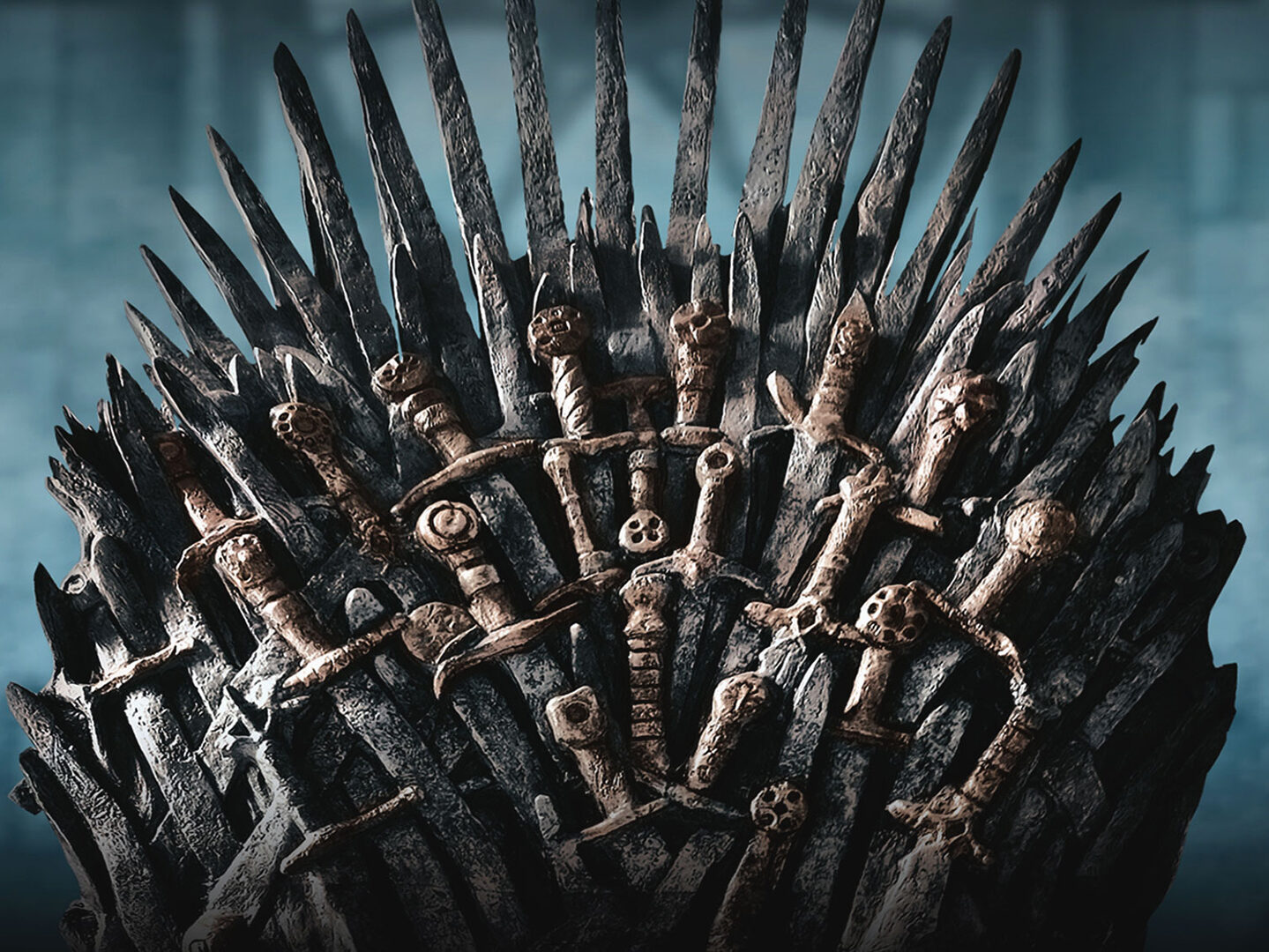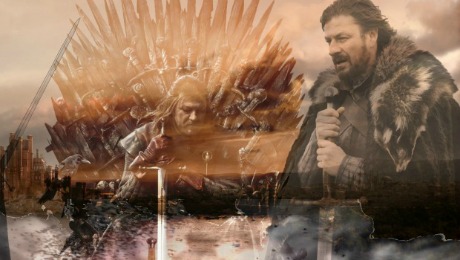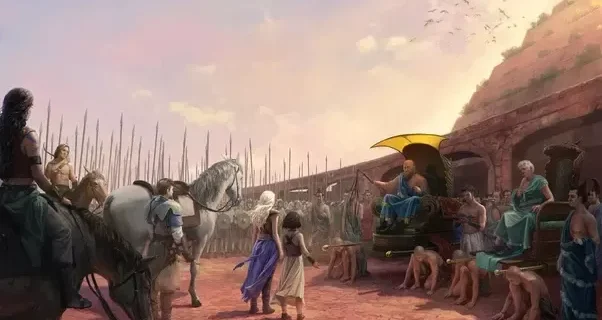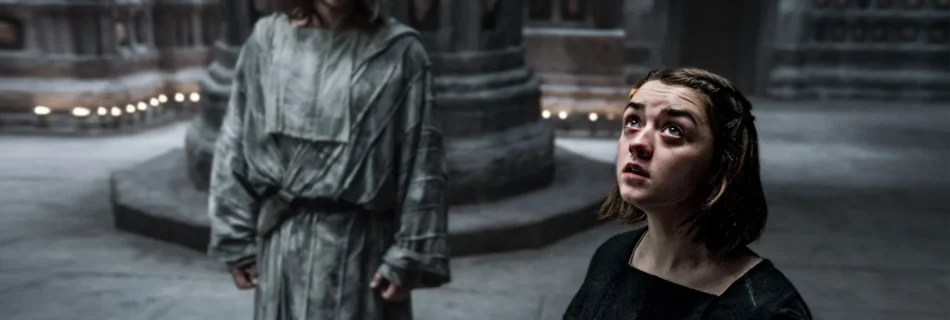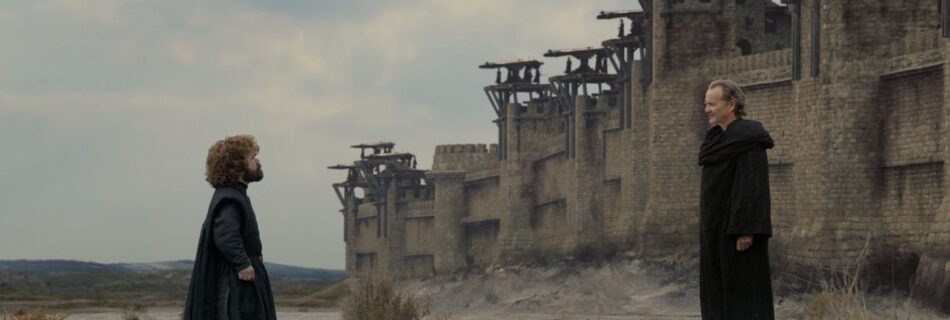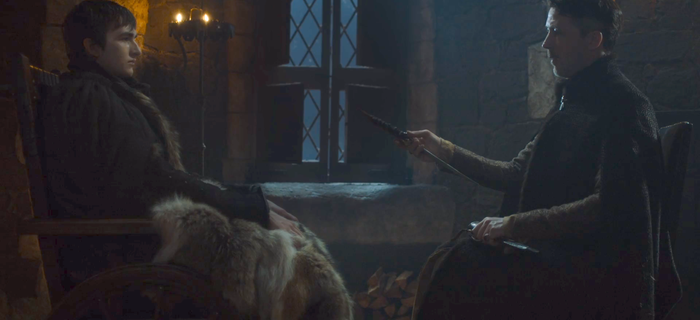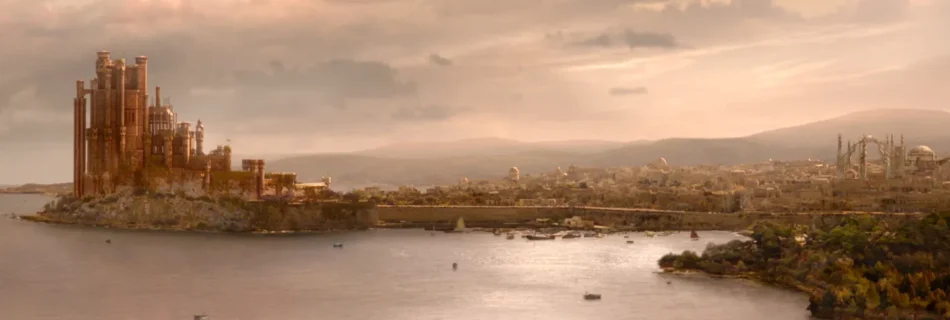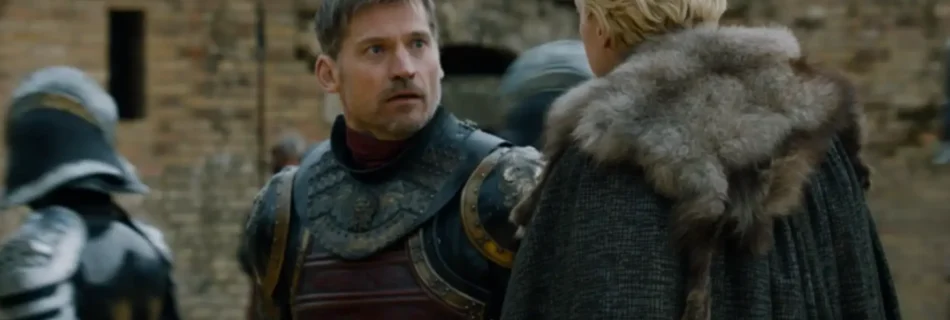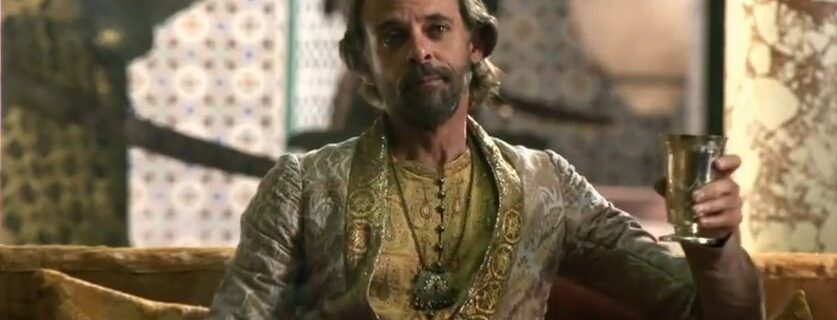Investment vs. Speculation: Strategy, Risk, and Reward
Objective: Students will understand the distinction between investment and speculation, analyze the risks and rewards of each, and evaluate how these strategies influence individual and institutional decision-making. Materials Needed: Lesson Steps: 1. Introduction (10 minutes): 2. Viewing Clip (5 minutes): 3. Group Discussion (15 minutes): 4. Concept Application (20 minutes): 5. Wrap-Up and Reflection (10 minutes): …
Read more “Investment vs. Speculation: Strategy, Risk, and Reward”
